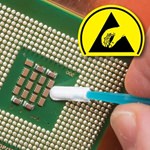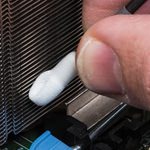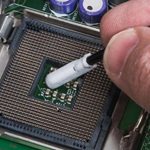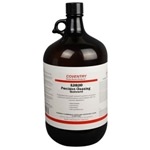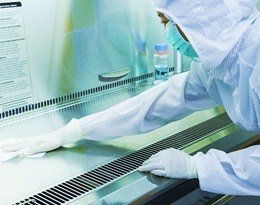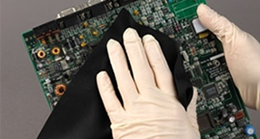Controlled Environment & Cleanroom
Ask us how we can improve your process.
Coventry™ Swabs and Wipes: From Our Cleanroom to Yours
At Coventry™, we understand exactly what you want from your cleaning products:
Reliability and Performance. Coventry products keep contamination out of your process, improve yield, and perform consistently, shipment to shipment.
Cleanroom Quality and Consistency. To manufacture a Coventry swab, we start with engineered clean materials. Polyester swab and wipe components are laundered first in our Class 10 (ISO Class 4) cleanroom.
Exclusive Post-Manufacturing Processes. Coventry’s Aqua-Prime™ process reduces particles, ionic contamination, and non-volatile residue. The Aqua-Prime™ process cleans the swab with a purified proprietary solvent blend.
Widest Selection of Critical Application Swabs. Coventry has a wide variety of choices to meet your most demanding applications. The wrapped swab, uniquely designed with no seams or edges, prevents scratching of delicate surfaces. Also included in the product line are sealed fabric, sealed foam, and static control. All Coventry products are packaged in non-contaminating ESD safe plastic bags. You’re sure to find a swab from Coventry that meets your particular need.
Products That Bring Value, not Contamination, to Your Processes. Strict quality controls throughout ensure consistent reliability. Clean and static-free packaging seals in contamination-free quality from our cleanroom to yours.
Dedicated Customer Support. Live support is available via our Technical Hotline at 1-800-TECH-401. We even custom engineer products for your special needs.
How Coventry Wipes Reduced Contamination in a Medical Device Manufacturing Process by 90%
Choose Your Product
Hi-Purity Alcohol Wipes - Durable, pre-saturated IPA cleanroom wipe, safe for critical environments and surfaces
Pre-Saturated 70 % Hi-Purity IPA Wipes in ESD-Safe Resealable Pouch
Coventry™ Hi-Purity cleanroom wipes are made from laundered knitted polyester fabric which is presaturated to provide excellent absorbency and contamination entrapment in critical cleaning environments. These wipes are extremely durable (0.48mm thickness, 400g wt.), perfect for abrasive and irregular surfaces. The solution is 70% Semiconductor Grade IPA (isopropyl alcohol) and 30% deionized water, safe for critical surfaces, including most plastics and metals. The laser sealed edges prevent loose fibers, leaving a clean surface without residue and unwanted particulants. These wipes are processed and packaged in a Class 10 (M3, ISO 4) cleanroom, where they are placed in resealable, ESD-safe packaging.




